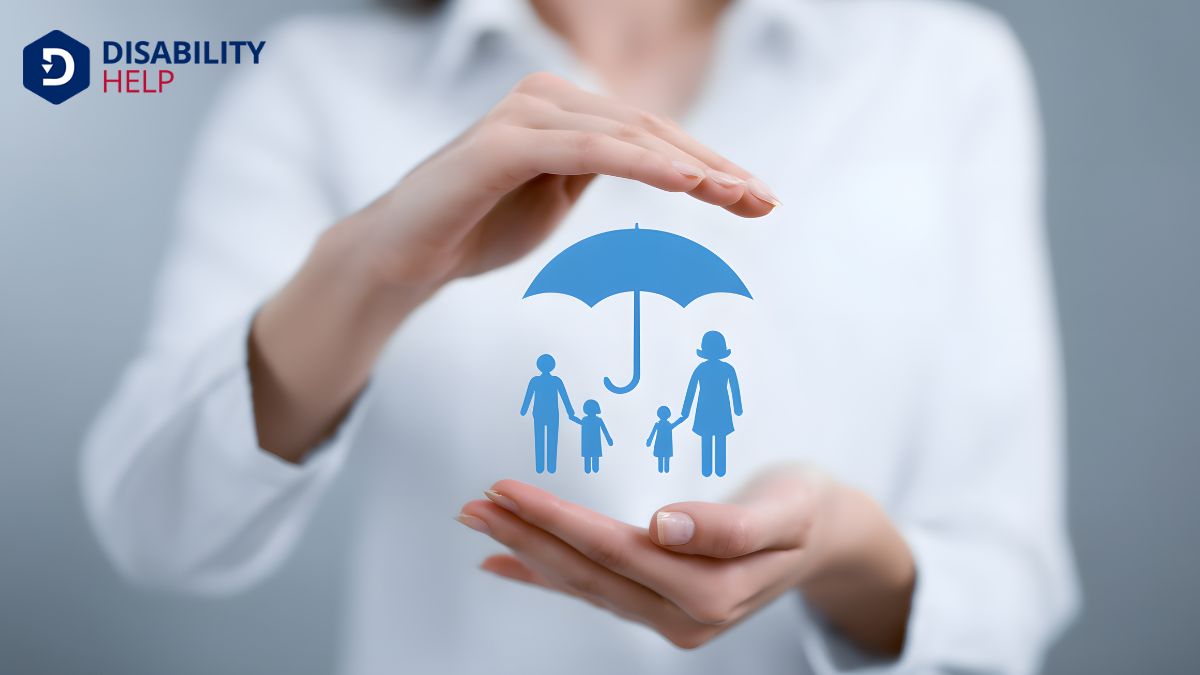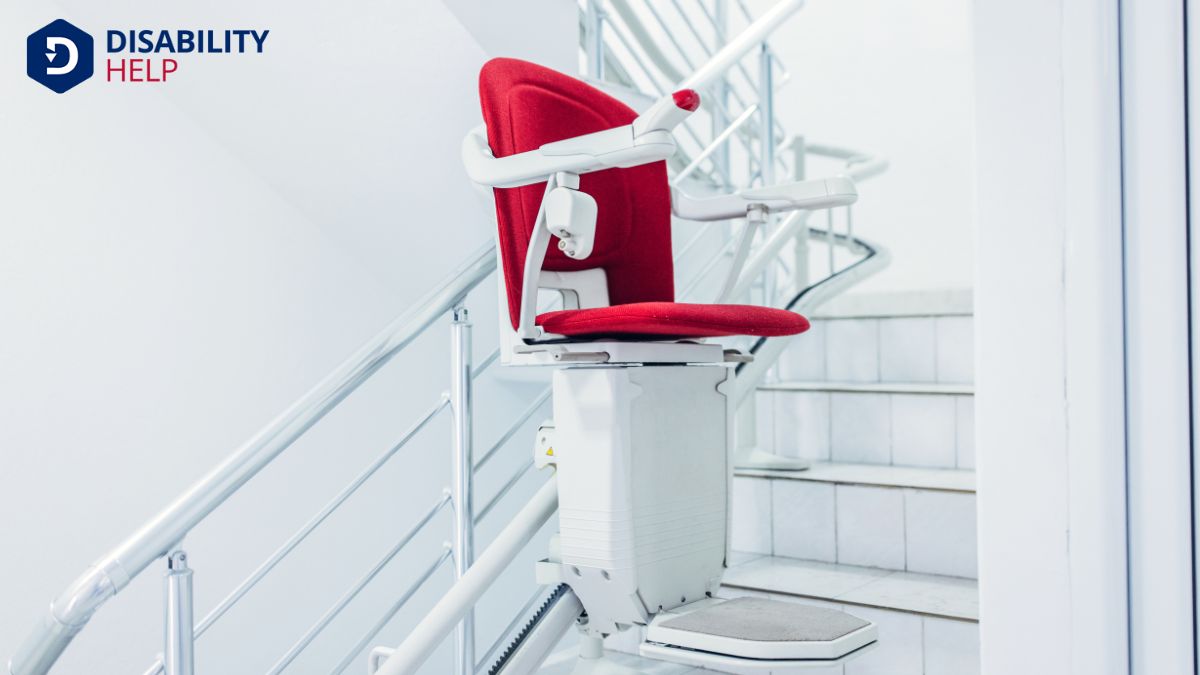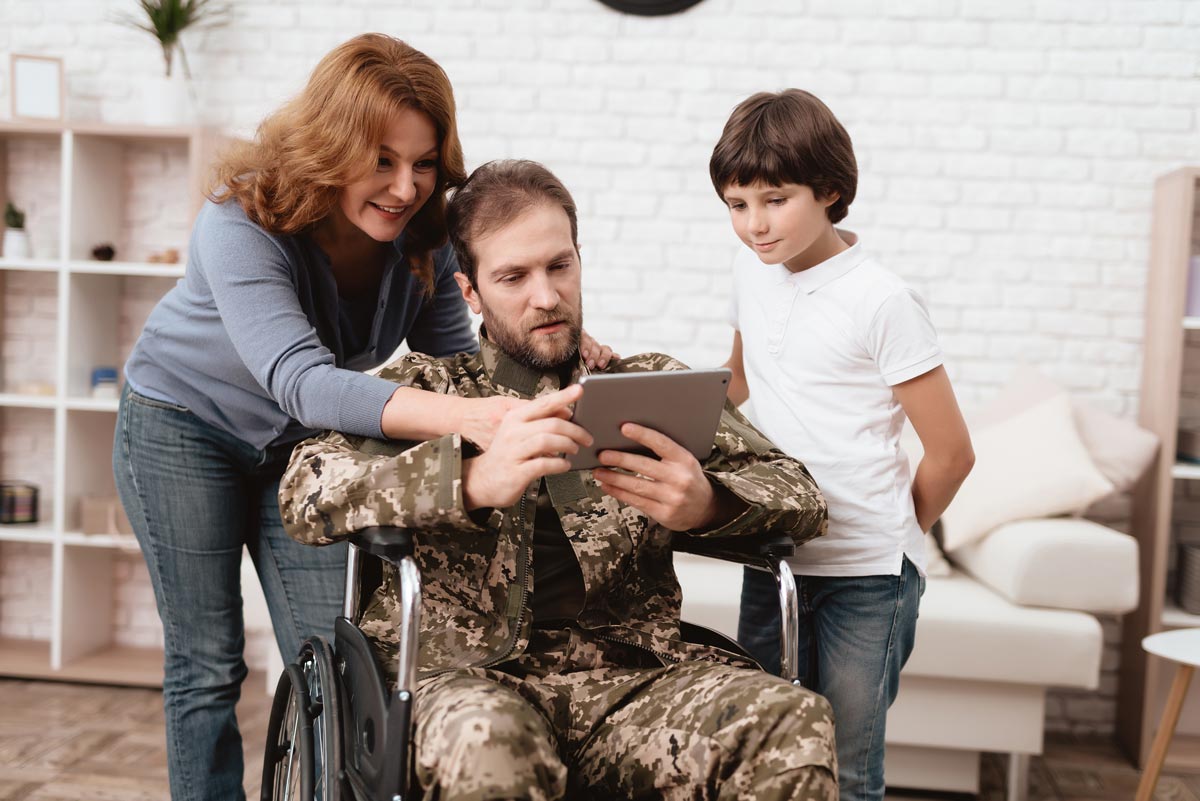Let's explore the possibilities of obtaining a stair lift at no cost. We'll examine insurance coverage, government aid, and Veterans' benefits. Additionally, we'll consider reaching out to charities, community agencies, and stair lift manufacturers. These strategies might just open doors to the support we need. Curious about how these avenues can help you or a loved one? There's more insight to uncover.
Key Takeaways
- Check health insuranceA system for paying for medical services, often covering preventive, diagnostic, and treatment costs... for stair lift coverage under durable medical equipment provisions.
- Apply for government assistance programs based on eligibility criteria like age, disability, and income.
- Explore Veterans' benefits, such as the VA's HISA grant for stair lift funding.
- Contact charitable organizations and nonprofits for grants or financial aid for stair lifts.
- Reach out to manufacturers for demo models or community outreach discounts on stair lifts.
Exploring Insurance Coverage Options

When considering how to fund a stair lift, where do we start with insurance coverage options?
First, we should review our current health insurance policy. Some insurers might cover stair lifts if they're deemed medically necessary. We need to gather medical documentation supporting its necessity and submit it to our insurance provider.
Next, let's check if our policy includes durable medical equipment (DME) coverage. Stair lifts sometimes fall under this category, but specifics vary.
We should also contact our insurance company directly, asking detailed questions about coverage limits and exclusions. It’s essential to keep records of all communications.
Utilizing Government Assistance Programs
Let's explore how government assistance programs can help us get a stair lift for free.
We'll start by understanding the eligibility criteria and walk through the application process together.
Finally, we'll look at the types of financial aid available to support our needs.
Eligibility Criteria Explained
Maneuvering the maze of eligibility criteria for government assistance programs can be intimidating, yet it's essential for securing a free stair lift.
Let's explore the key factors we need to take into account. First, age and disability status are often primary qualifiers. Many programs cater to seniors or individuals with mobility impairments.
Next, income level plays a significant role; most programs target low-income households to guarantee aid reaches those in genuine need.
Additionally, residency requirements might come into play, meaning we should verify our eligibility within specific state or local jurisdictions.
Finally, documentation is vital. We'll need to gather medical records, income statements, and proof of residency to demonstrate our eligibility.
Understanding these criteria helps us confidently navigate the path to a free stair lift.
Application Process Steps
Although the eligibility criteria might seem intimidating, understanding the application process for obtaining a free stair lift through government assistance programs can streamline our efforts.
First, we'll gather all necessary documents, such as proof of income, residency, and medical necessity. These documents support our application and guarantee a smoother review process.
Next, let's identify the specific government programs available in our area. Each program may have different requirements, so we'll need to tailor our approach accordingly.
Once we've the paperwork ready, we'll complete the application form, guaranteeing every section is filled accurately. It's important to submit it by the deadline to avoid delays.
If we need assistance, reaching out to local agencies or support groups can provide valuable guidance. Let's stay persistent and follow up if needed.
Available Financial Aid
Why not explore the various financial aid options available through government assistance programs to help secure a free stair lift? Many of us mightn't realize that programs like MedicareA U.S. federal health insurance program for people aged 65 and older, and for some younger people wi..., MedicaidA U.S. government program that provides health coverage to eligible low-income individuals, includin..., and the Veterans Administration offer support for those who qualify.
By understanding each program, we can determine which applies to our situation. Medicare may cover part of the cost if a healthcare provider deems the stair lift medically necessary.
Medicaid varies by state, but it often provides broader support, especially for home modifications. Veterans might benefit from the VA’s grants, such as the Specially Adapted Housing (SAH) grant.
It’s important we research specific eligibility criteria and gather necessary documentation. With diligence, we can navigate these programs and potentially ease the financial burden.
Leveraging Veterans' Benefits
For veterans seeking assistance with mobility, leveraging veterans' benefits can be an essential step in obtaining a stair lift at no cost.
We're fortunate that the U.S. Department of Veterans Affairs (VA) offers programs specifically designed to support us. These programs can cover costs associated with home accessibilityThe design of products, devices, services, or environments to be usable by people with disabilities.... improvements, including stair lifts.
To start, we should contact our local VA office or visit their website to explore options like the Home Improvements and Structural Alterations (HISA) grant. This grant can cover necessary modifications to guarantee our homes meet mobility needs.
It's important to gather required documentation, such as proof of service and medical necessity, to streamline the process.
Reaching Out to Charitable Organizations
When seeking a stair lift at no cost, reaching out to charitable organizations can be a valuable strategy. These groups often focus on helping individuals like us who need assistance with mobility challenges.
By contacting them, we might find that they offer free stair lifts or financial aid to cover costs. Organizations such as the Salvation Army or United Way are known for supporting community needs, so they're a good place to start.
We should prepare to explain our situation clearly, including why a stair lift is essential. It's beneficial to research each organization's application process and requirements.
Let's remember, persistence is key. If one organization can't help, there may be others willing to step in. It's about finding the right match for our needs.
Contacting Local Community Aid Programs
Although it might seem intimidating at first, contacting local community aid programs can be an effective way to secure a free stair lift.
Let’s break this down into manageable steps to guarantee we approach this with confidence and clarity.
1. Research Local Resources: Start by identifying local agencies and community centers that provide assistance to individuals with mobility challenges.
Websites or community boards can be useful tools.
2. Prepare Your Case: Clearly explain your need for a stair lift.
Include specifics about how it would improve your daily life and any financial constraints preventing you from purchasing one.
3. Reach Out and Follow Up: After making initial contact, don’t hesitate to follow up.
A friendly reminder or additional information can help keep your request on their radar.
Applying for Grants and Financial Assistance
After reaching out to local community aid programs, let's explore another avenue: applying for grants and financial assistance.
We can start by searching for government and private grants specifically aimed at accessibility improvements. Many states offer programs that help individuals with mobility challenges, so checking our state's website is a good step.
Additionally, some national organizations provide financial aid to those in need of home modifications.
To apply, we'll need to gather essential documents, like income statements and a letter from a healthcare professional confirming the need for a stair lift.
It's vital to follow application guidelines carefully, as missing details could hinder our chances.
Considering Nonprofit Organizations and Churches
Let's explore how nonprofit organizations and churches can help us obtain a stair lift at no cost.
Many of these groups offer donation programs and community support initiatives aimed at assisting those in need.
Donation Programs Available
Many nonprofit organizations and churches offer donation programs that can help individuals obtain a stair lift at no cost.
We should explore these opportunities, as they can be a valuable resource. Let’s consider a few ways we can tap into these programs:
- Research Local Resources: Begin by reaching out to nearby churches or nonprofits. They might've existing programs or know other organizations that do.
- Contact National Organizations: Some national nonprofits have specific programs for mobility aidsDevices designed to help individuals move around more easily, such as canes, walkers, or wheelchairs.... They often provide assistance or connect us with local chapters.
- Engage with Community Events: Attend community events or fairs where these organizations participate. It's a chance to network and gather information about available donation programs.
Community Support Initiatives
While traversing the complex world of acquiring a stair lift, we shouldn't overlook the community support initiatives offered by nonprofit organizations and churches. These groups often work tirelessly to assist those in need, and they might've programs designed to help individuals gain access to mobility aids like stair lifts.
By reaching out, we can tap into a network of support that genuinely cares about improving quality of life.
It's vital to communicate clearly and explain our situation when contacting these organizations. Many nonprofits have partnerships with manufacturers or community donors, enabling them to provide resources or financial assistance.
We should also inquire about any waiting lists or qualifications to guarantee we maximize the potential help available. Let's stay proactive and explore these valuable community resources.
Assistance From Churches
Churches often play a notable role in providing assistance to those in need, especially when it comes to accessing mobility aids like stair lifts.
We can reach out to local churches, as they frequently collaborate with nonprofit organizations to help community members. Here’s how they might assist:
- Funding and Donations: Many churches allocate funds specifically for charitable purposes, including helping those who need stair lifts. They might also organize donation drives to support such causes.
- Partnerships with Nonprofits: Churches often partner with nonprofits that specialize in mobility aid to provide resources or discounted services.
- Volunteer Assistance: Members of the church community might volunteer to help with installation or maintenance, reducing costs considerably.
Engaging With Stair Lift Manufacturers and Suppliers

Connecting with stair lift manufacturers and suppliers is a crucial step in securing a stair lift for free.
We should begin by researching companies known for their community outreach or charitable programs. Many manufacturers might offer demo models or units from trade shows at reduced costs or even for free.
Let’s not hesitate to reach out directly, explaining our need and any relevant circumstances that might make us eligible for assistance.
Additionally, it’s beneficial to ask suppliers if they've any partnerships with local charities or government programs that could provide funding or free installations.
Conclusion
In our journey to secure a stair lift for free, we've explored numerous avenues together. By checking insurance coverage and tapping into government assistance, we've maximized our resources. We've also learned the value of Veterans' benefits, charitable organizations, and local community programs. Applying for grants and reaching out to nonprofits and churches can open further doors. Let’s not forget to engage directly with manufacturers for potential discounts. Together, we can find the support needed for a safer home.






